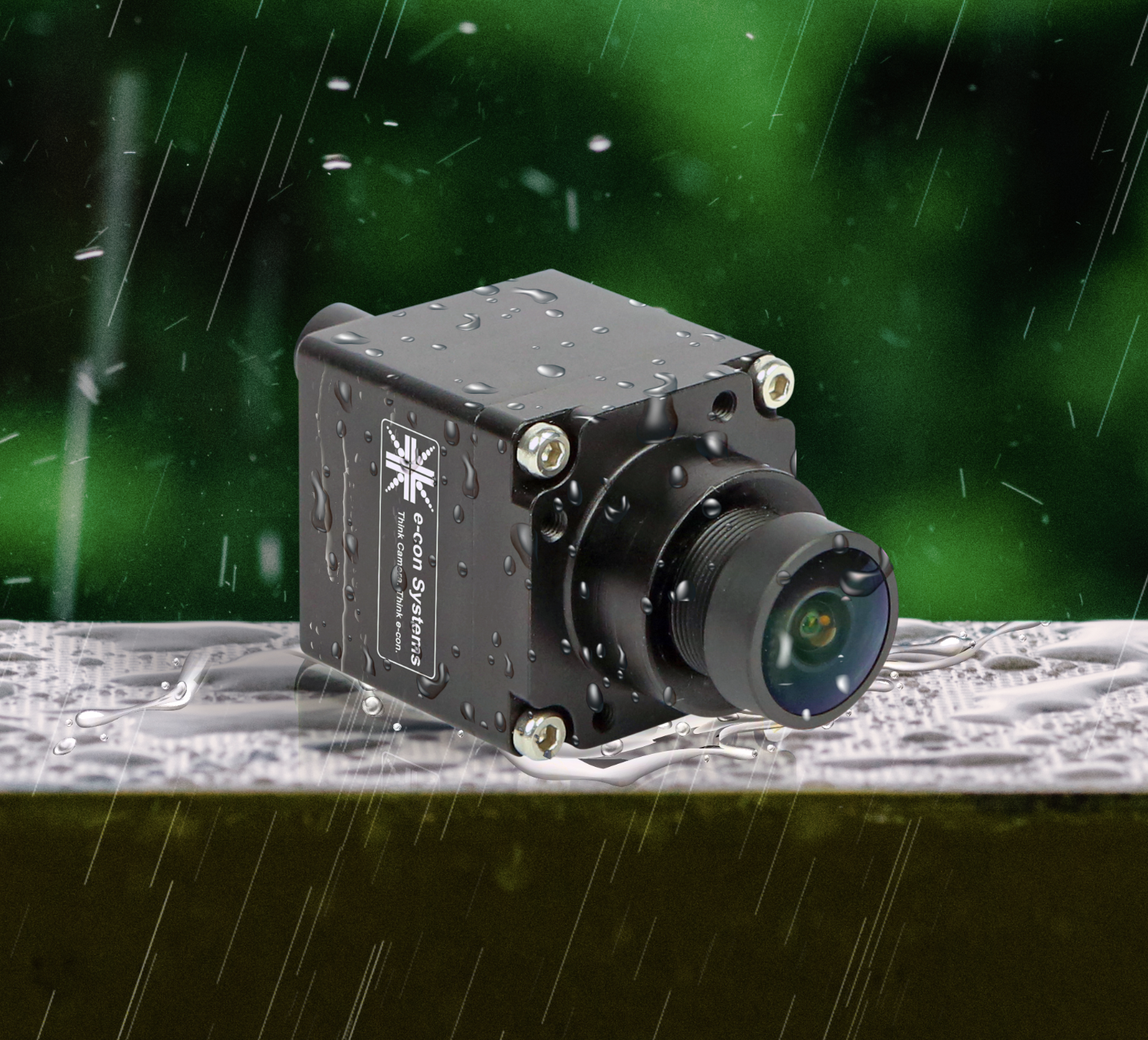HDR cameras can handle extreme differences between bright and dark areas within a scene.
by Prabu Kumar, CTO and Head of Camera Products at e-con Systems
Autonomous vehicles are rapidly becoming a big deal in the transportation industry, with the potential to reshape mobility solutions. As these vehicles transition from experimental phases to mainstream applications, they demand cutting-edge camera solutions to perform in an expected manner across different and often unpredictable conditions. That way, the imaging technology powering these vehicles can match their complexity and performance needs.
With projections of explosive growth in adoption, it’s important to understand why HDR cameras are an integral force in the evolution of autonomous vehicles.
Why HDR cameras?
Autonomous vehicles need the ability to “see” and interpret the environment accurately. The selection of the right camera is crucial to maintaining optimal performance across environmental conditions, including challenging lighting scenarios such as direct sunlight, shadows, and low-light environments.
High Dynamic Range (HDR) cameras are best suited for autonomous vehicles, considering their ability to capture and process details in high-contrast settings. Unlike conventional imaging solutions, HDR cameras operate by managing extreme differences between bright and dark areas within a scene. Hence, critical information, such as obstacles, pedestrians, and road markings, can be captured accurately, no matter the type of lighting condition.
For autonomous vehicles, this means improved perception of the surroundings, enhancing their ability to navigate safely. HDR cameras also reduce the chances of missed details in scenarios like tunnels, nighttime driving, or urban environments with complex lighting conditions.
Must-have features
There are several “must-have” features for autonomous automotive applications. These include the following:
Split-pixel technology: This improves the dynamic range by splitting each pixel into two sub-pixels. The larger sub-pixel captures light from darker areas, while the smaller one concentrates on mid-to-high light zones. This configuration guarantees balanced exposure across varying lighting conditions.
HDR cameras incorporate data from both sub-pixels through advanced algorithms, thereby providing images without blackouts in shadowy regions or blowouts in bright spots. Moreover, split-pixel technology helps with motion blur so that moving objects are clearly captured.
Resilience in challenging conditions: IP69K-rated HDR cameras are incredibly beneficial to autonomous vehicles since this rating highlights their durability in extreme environments. It makes them invaluable for these unmanned applications, which tend to encounter unpredictable weather, exposure to high-pressure washing, intense physical conditions, etc.
Multi-camera synchronization: Autonomous vehicles require complete environmental awareness, which is why multi-camera synchronization is the need of the hour. These setups help seamlessly capture data across several viewpoints, resulting in a complete 360-degree field of vision. It ensures accurate image stitching and spatial mapping, which improves the autonomous vehicle’s understanding of its surroundings.
Compact design: The compact design of HDR cameras simplifies system integration for autonomous vehicles, including smaller unmanned robots. The reduced size and streamlined form factor optimize installation without compromising functionality, making these cameras an ideal choice for space-sensitive applications.
The STURDeCAM31
e-con Systems’ STURDeCAM31, powered by the Sony ISX031 sensor, is a cutting-edge IP69K-rated GMSL2 HDR camera for autonomous vehicles. It has been built to meet rigorous automotive and environmental standards and integrates seamlessly with NVIDIA Jetson AGX Orin and AGX Xavier platforms.
e-con Systems’ STURDeCAM31 comes with a forward-thinking design for enabling compatibility with future platforms while addressing the growing complexity of automation systems. It prioritizes superior performance by supporting the dynamic needs of autonomous vehicles, putting this camera in the driver’s position to drive next-generation applications in autonomous mobility.
www.e-consystems.com

